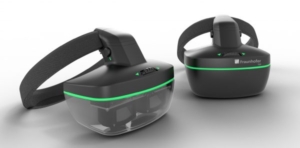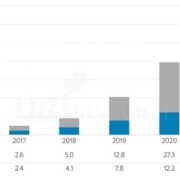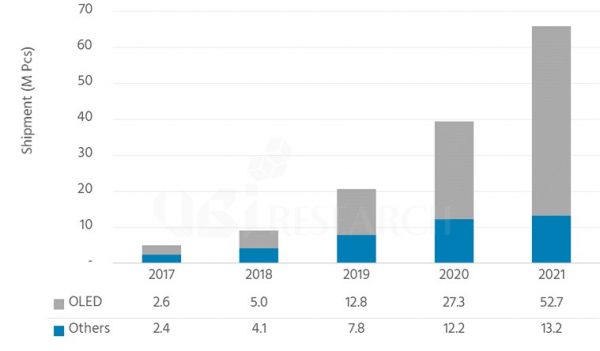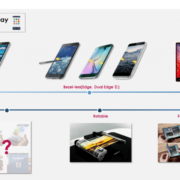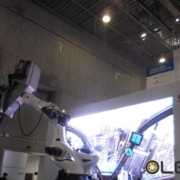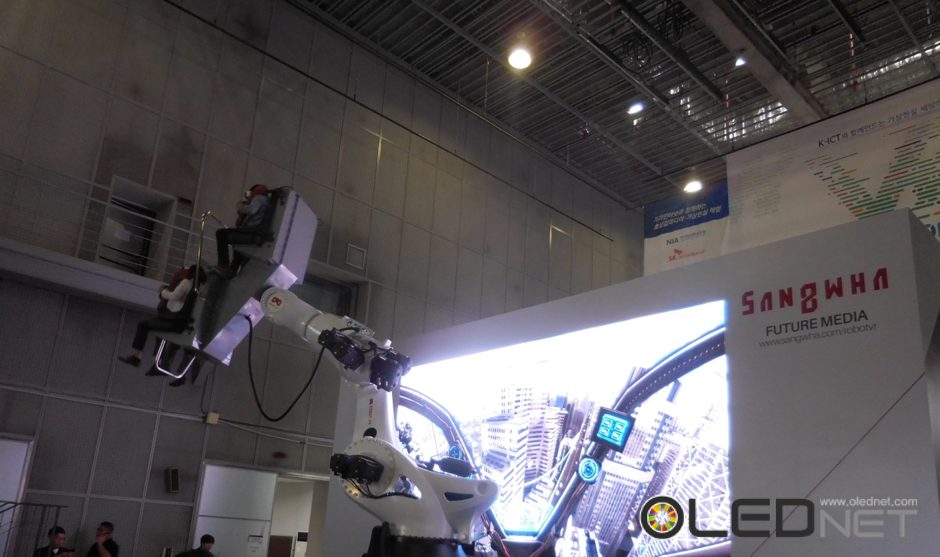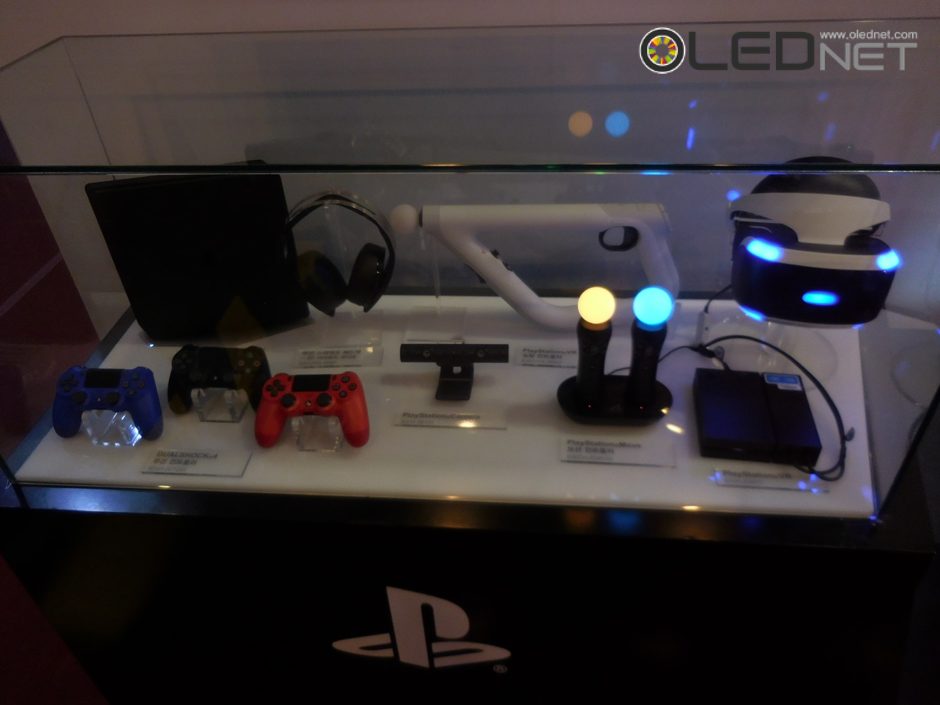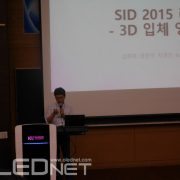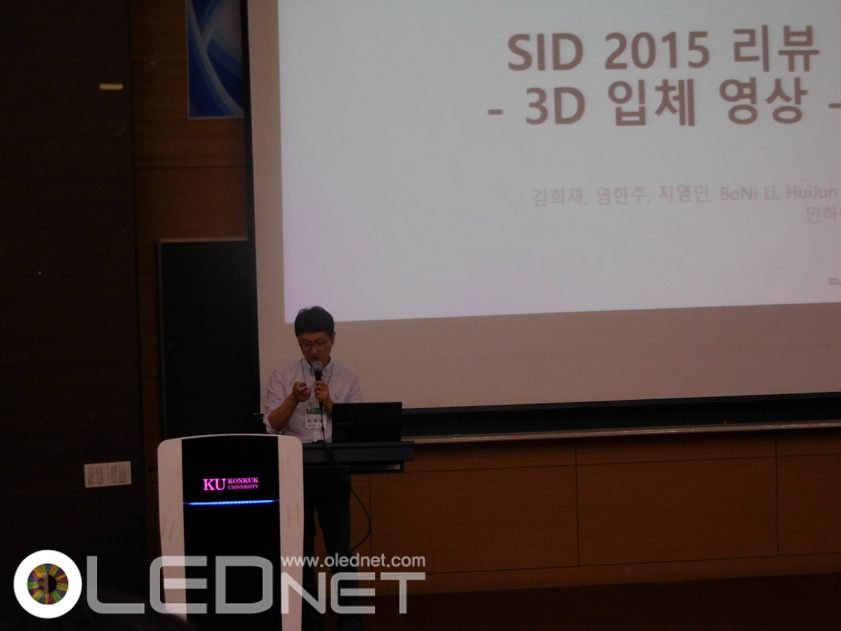Full-screen display smartphone is expected to be launched soon. According to the recent report ‘Key Issue and The Market Analysis for Foldable OLED – Flexible OLED Annual Report’ by UBI RESEARCH, a market survey company, left-right bezel-less flexible OLED dominate the smartphone market, and later full-screen display with minimized or without both left-right and up-down bezel will appear in 2017, thereby leading the future market.
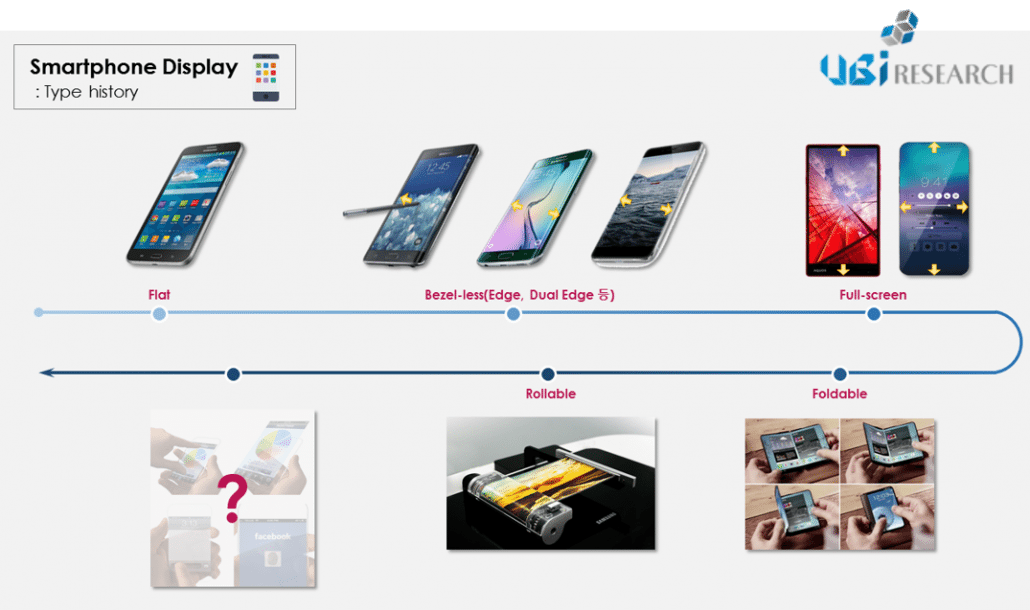
<Smartphone Display Development Trend Outlook>(Source: UBI RESEARCH)
The more specific circumstances were caught. Apple Insider announced that Apple recently applied for a design patent(US20150303244A1) of electronic devices with display-integrated light sensors, quoting the USPTO’s announcement on October 11(Local Time).
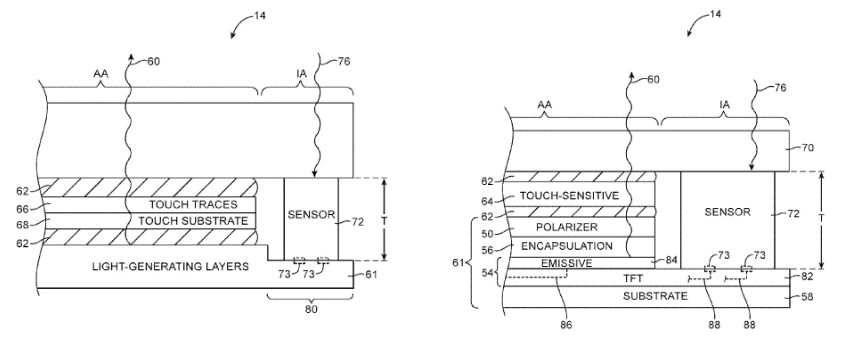
<Design Drawing 1 of Apple’s Patent-Pending Electronic Devices with Display-Integrated Light Sensors>
Apple used the examples of the placement of Ambient Light Sensor or Proximity Sensor around the side of display, and of the protection of display and sensor circuit by glass or plastic transparent encapsulation layer. Apple Insider expects that this design will be able to reduce unnecessary space and make full-screen display possible.
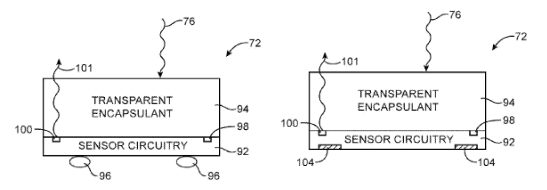
<Design Drawing 2 of Apple’s Patent-Pending Electronic Devices with Display-Integrated Light Sensors>
At the 2016 IMID Business Forum at COEX in Samseong-dong on October 26, Samsung Display chief expert, Park Won-sang announced display trend about screen size, which boosted confidence. Chief expert, Park Won-sang said that “Display size compared to set size is very important due to the characteristic of mobile phones with a size limit. The display area(hereinafter “D.A”) of edge display was 80%, full-screen mobile phone D.A was larger than 90%, and this is one of the major trends that will lead the market”. The techniques including an all-in-one glass fingerprint recognition module and an ultrasonic fingerprint recognition module have not been mentioned yet, but an entirely innovative full-screen smartphone will be introduced by removing left-right bezel as well going beyond the left-right bezel-less type of Note 7.
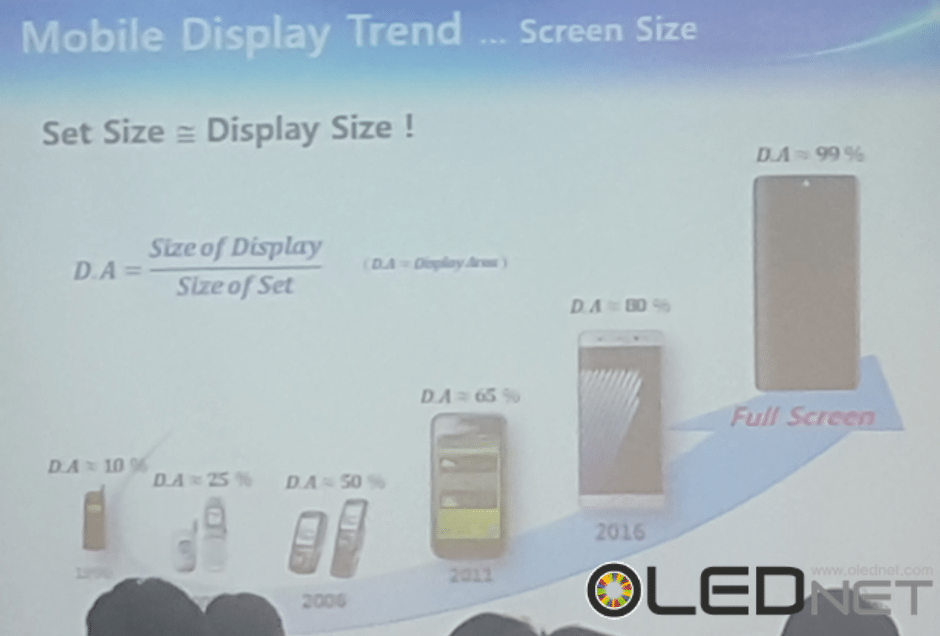
<Samsung Display’s Presentation, 2016 IMID Business Forum>
LG also applied a patent of full-screen display. According to Patently Mobile’s report on June 2015, not physical but virtual button and App icon were applied. But, design itself cannot exactly show materials and interior parts except appearance, and it is now uncertain whether it will be developed or not as there is no further news after the patent application.
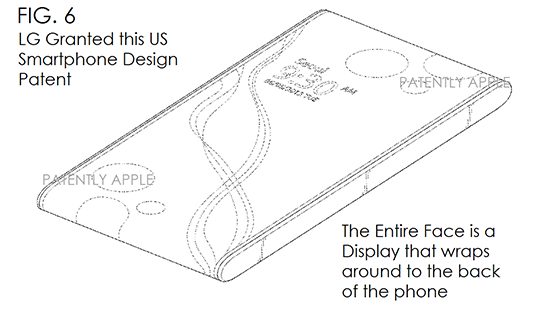
<LG Electronics Granted Home-Buttonless Smartphone using Flexible Display>>(Source : Patently Apple)
Likewise, many smartphone companies are actively reviewing the introduction of full-screen display because it might allow customers to experience the biggest change in addition to the product’s immersive nature. Besides, there are recently some opinions that with the expanding VR market, OLED display without a latency issue and wider display area are necessary to be applied to HMD(Head Mounted Display) attached with a mobile phone.
Meanwhile, ‘Key issue and Market Analysis for Foldable OLED’ Report by UBI RESEARCH forecasted that full screen AMOLED panel will be firstly launched in 2017, accounting for 60% of the total flexible AMOLED panel market and going beyond the bezel-less type of flexible AMOLED panel market.
Meanwhile, ‘Key issue and Market Analysis for Foldable OLED’ Report by UBI RESEARCH forecasted that full screen AMOLED panel will be firstly launched in 2017, accounting for 60% of the total flexible AMOLED panel market and going beyond the bezel-less type of flexible AMOLED panel market.
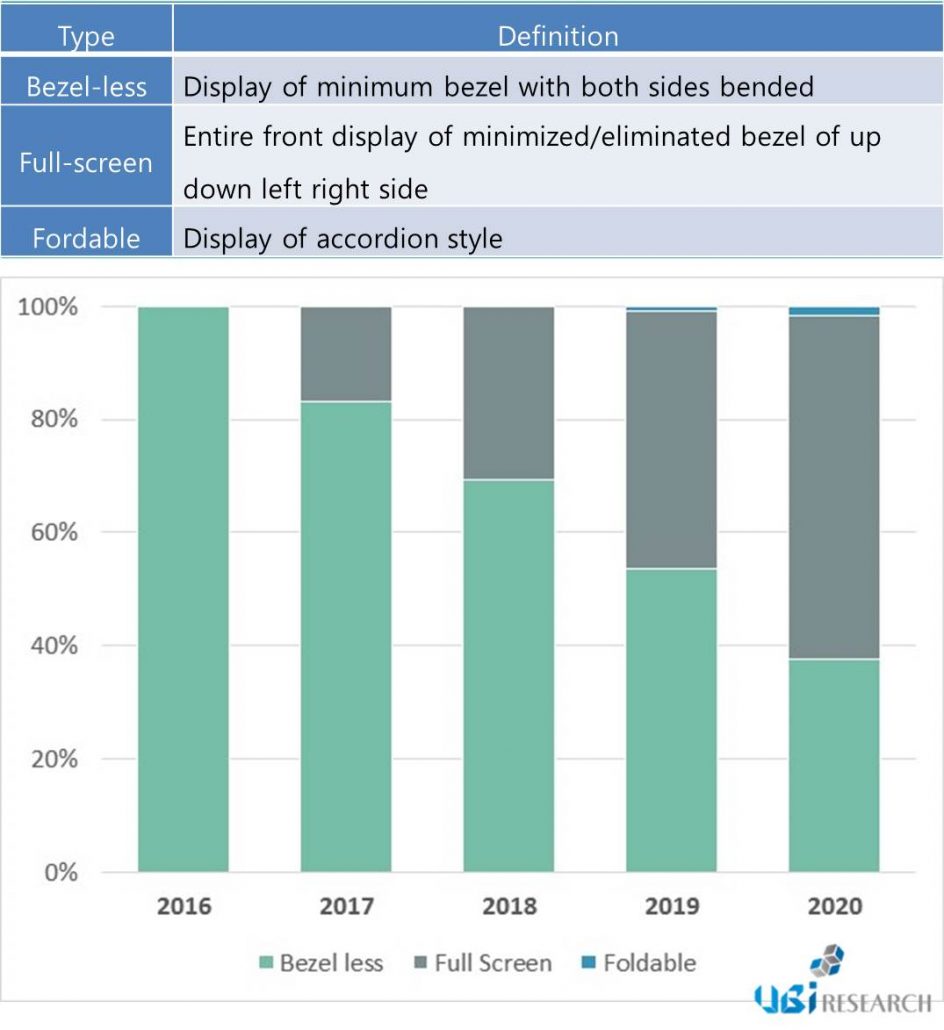
<Definition by Flexible OLED Type and Market Share Outlook >(Source: UBI RESEARCH)
